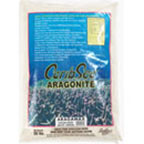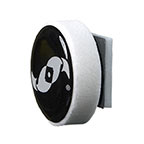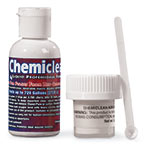
Additional locales and sizes may be available!
Additional locales and sizes may be available! Email me when availableQuick Stats
What do these Quick Stats mean? Click here for more information
What do these Quick Stats mean? Click here for more information
Overview
The name Symbiotic Shrimp comes from the equally beneficial relationship the Snapping Shrimp may form with gobies, anemones, sponges or corals (e.g.;Amblyeleotris or Stonogobiops). The shrimp share its food with other species.
It is beneficial to the tank as it churns the sand. It thrives in environments with sand, rock caves, and dim light. If in pairs, one will often stand guard at the burrow while the other is inside. The Snapping Shrimp is intolerant of copper or high nitrate levels, but needs a correct level of iodine in the water to promote proper molting.
Snapping Shrimp will accept freeze-dried and frozen foods and bottom feeder tablets, as well as scavenge for algae in the aquarium.
Approximate Purchase Size: 3/4" to 2-1/2"











